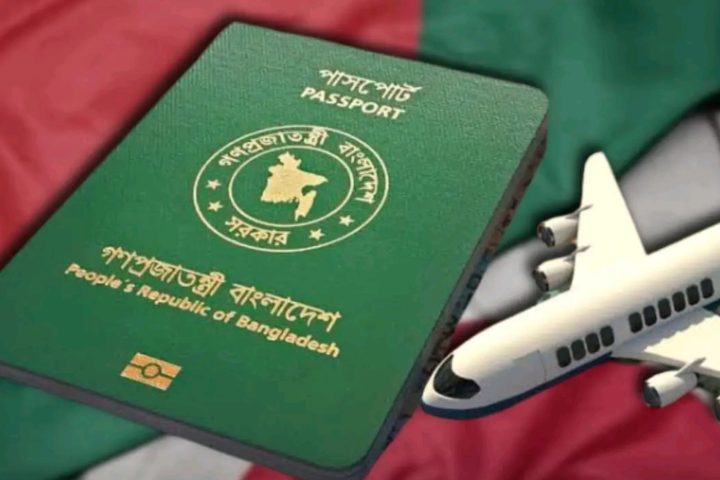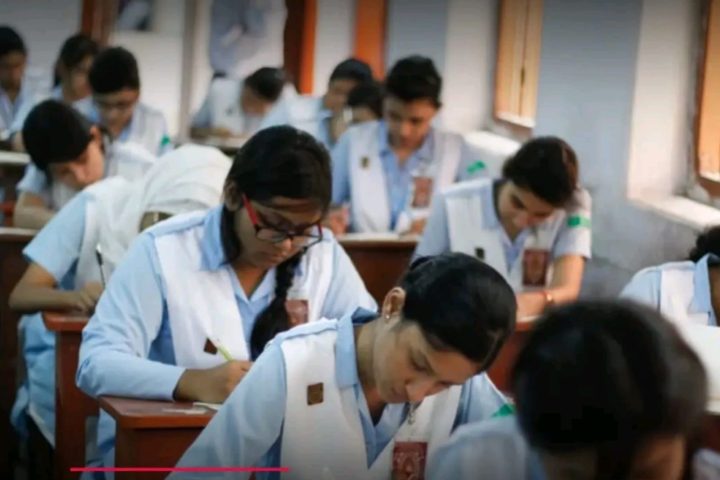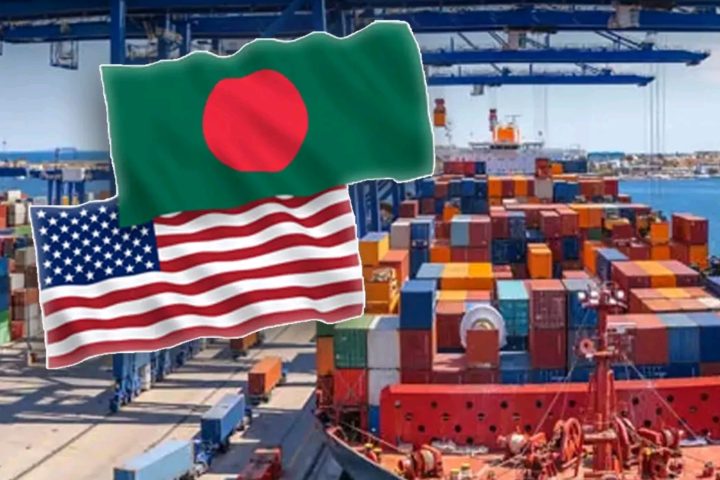Bangladesh has continued to be the 2nd largest apparel exporter in the world yet new statistics indicate that it is increasingly under pressure by Vietnam as it is narrowing the gap with its garment exports growing at a higher rate by year on year basis.
The recent figure released by the World Trade Organization (WTO) indicates that the export earnings of Bangladesh, namely the apparel industry, maintained a small growth of 0.21% in the year 2024 as per the present day statistics of the calendar year 2024. Conversely, the exports of Vietnam aggregated at the level of US 33.94 billion and the growth percentage was also much higher at 9.34 percent which signaled that Vietnam could be an emerging global leader in clothing trade.
Although Bangladesh remains second in the global ranking, the relatively low rate of growth in the country in comparison with the high rate of growth of Vietnam portends ill signs to the apparel industry in the country. According to the experts, unless Bangladesh expands its industrial base and transforms itself into more value-added products, its survival may be more challenging.
In 2024, the global market of apparel is at a 7.08 percent increase in comparison to 2023 when it was 520.62 billion to 557.50 billion. China was still in the lead in the world market in terms of exports of 165.24billion and 0.30 percent growth rate. Although the supremacy of China is not in question, the battle between Bangladesh and Vietnam is the one, which has attracted world attention.
Comparative Apparel Export Performance
| দেশ | Export Value (USD Billion) | Growth Rate (%) | Market Share (%) |
| চীন | 165.24 | 0.30 | 29.64 |
| বাংলাদেশ | 38.48 | 0.21 | 6.90 |
| ভিয়েতনাম | 33.94 | 9.34 | 6.09 |
| Turkey | 17.91 | 4.37 | 3.21 |
| ভারত | 16.36 | 1.68 | 2.94 |
| Cambodia | 9.89 | 2.48 | 1.77 |
| পাকিস্তান | 9.28 | -4.42 | 1.66 |
| Indonesia | 8.73 | 2.09 | 1.57 |
| আমেরিকা | 7.00 | 24.19 | 1.26 |
Concerns Over Bangladesh’s Export Strategy
According to industry players, Bangladesh’s tendency to focus on low valued basic items such as t-shirts, trousers among other garments are reducing its growth as well as the fact that it lacks product diversification. Conversely, Vietnam has tactically focused on artificial clothing, jackets, and luxurious clothes, and it is competing with international fashion creation chains.
Mohiuddin Rubel, the Managing Director of Bangladesh Apparel Exchange and the previous director of BGMEA, clarified the increasing rate of the worldwide competition. He added that countries such as Vietnam are gaining more foreign buyers given they are more productive, their labor force, and increased level of integration into the global value chains.
He also raised concerns over trade policy challenges. Rubel said: If tariff barriers are kept going up in markets such as the US, the competitiveness of Bangladesh will also get challenged.
Market Recovery and Emerging Dynamics
Irrespective of the effect of the pandemic on the last couple of years, the global apparel industry is recovering, meaning that new possibilities and threats will open to the largest exporters. Not only are trade wars and labor prices defining the market in question but also the sustainability criteria to be met, geopolitical changes, and the use of technologies in the manufacturing industry.
The increasing share of Vietnam and its high growth rates of above ten percent indicate its flexibility and the policies changes of export diversification. In the interim, the rate of structural change in Bangladesh is too low to help the country achieve its goals of taking up a larger share in the premium garment trade.
The analysts state that as much as retaining the second position is admirable, the policymakers and other industry leaders in Bangladesh should aim at raising the industrial strength, promote product innovation, and loosen the logistics jams.
Apparel-producing countries of the world are likely to compete as these globally based fashion brands diversify their location of suppliers. In 2024, the performance of Vietnam shows that a relatively new participant can attract market shares with well-invested infrastructure, facilitation of trade and human resource building.
Bangladesh still possesses on the solid basis with some significant manufacturing avenues and a great number of labor forces, however to cover the long-term perspective of its growth, Bangladesh needs to switch the volume-based exports towards the value-added production.
আরও পড়ুন: Realme 15 Pro Price in Bangladesh: Complete Guide with Specifications and Features












